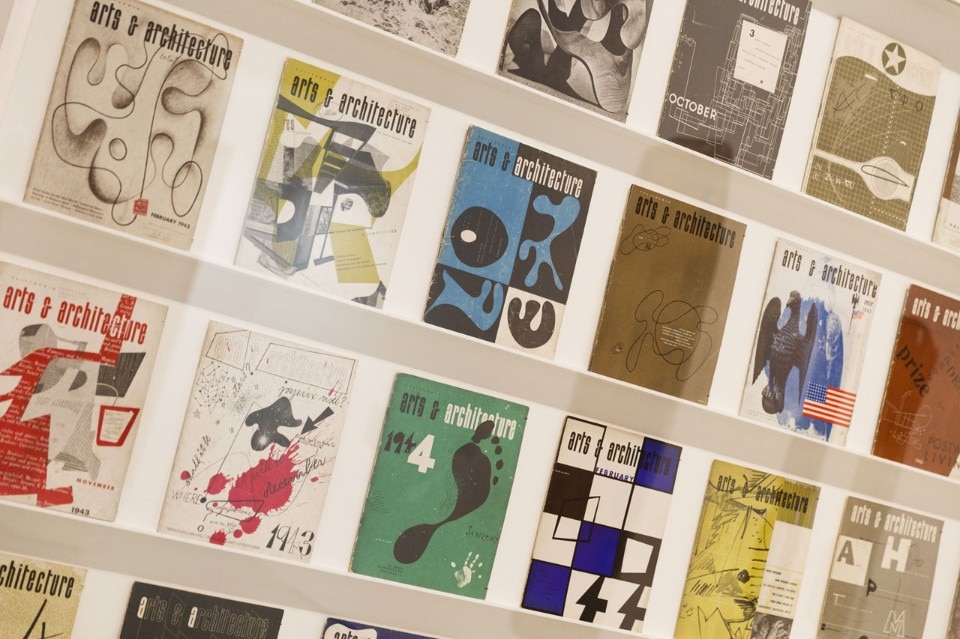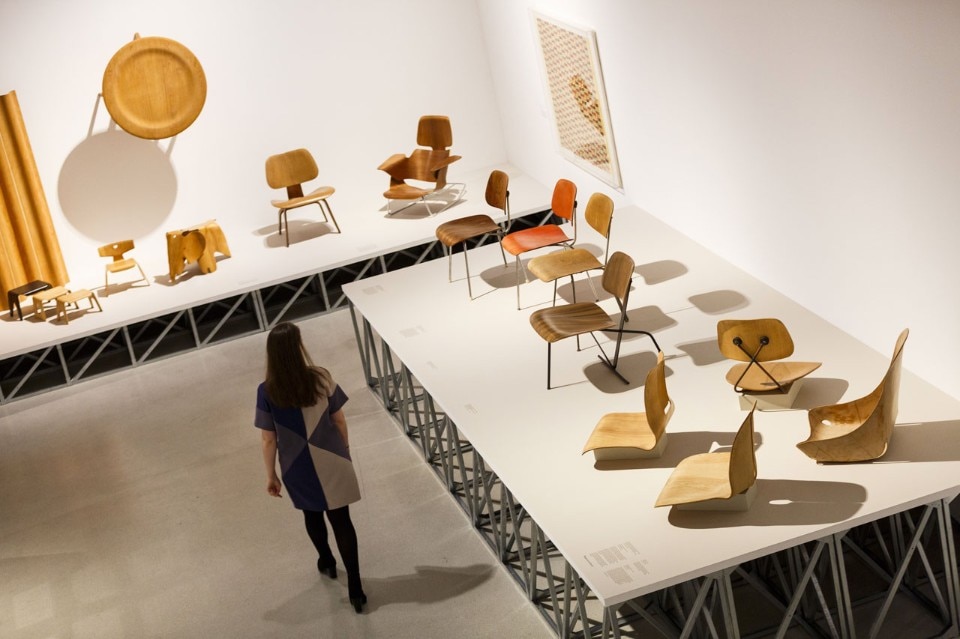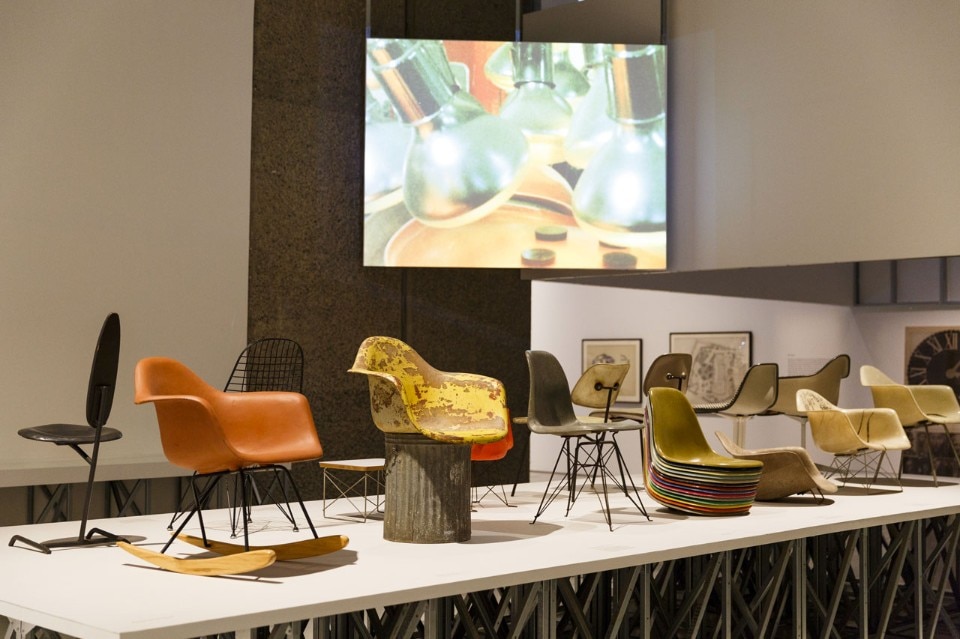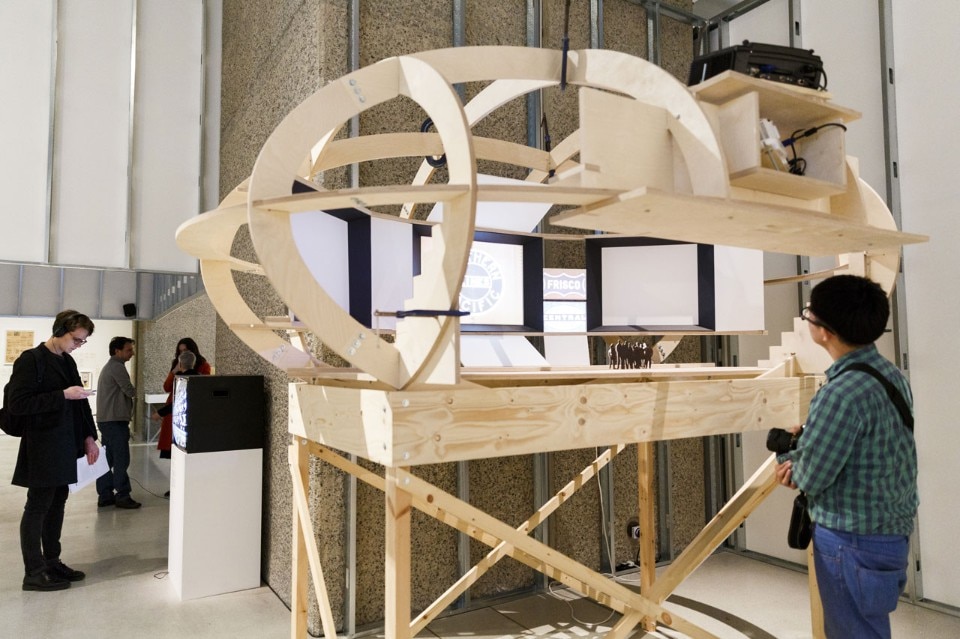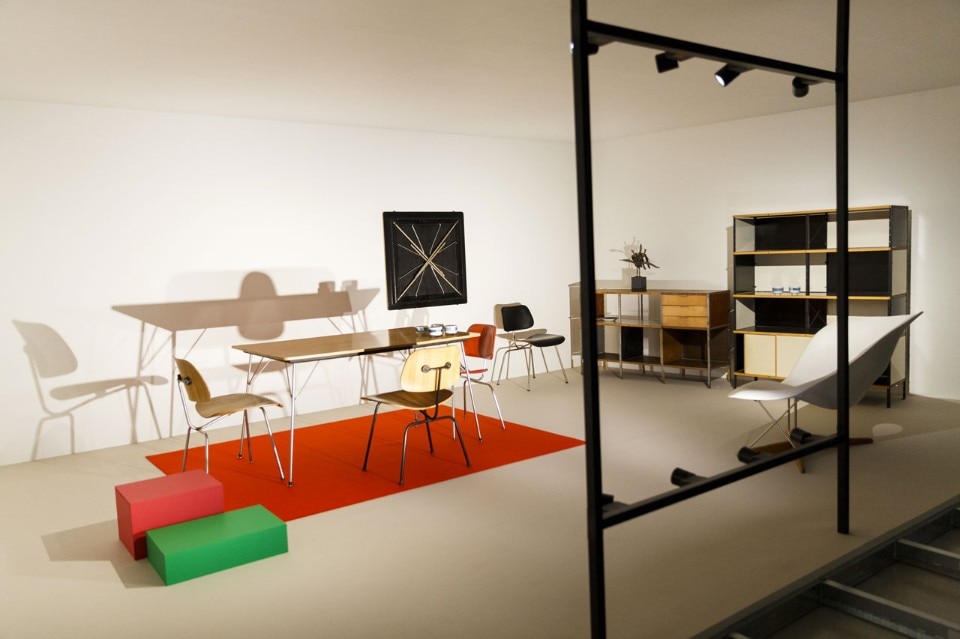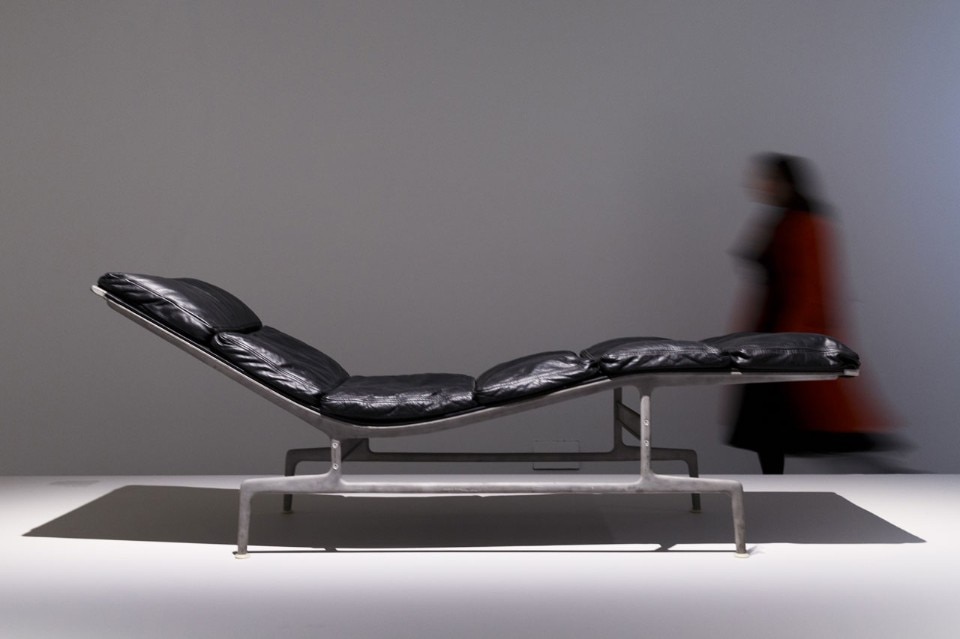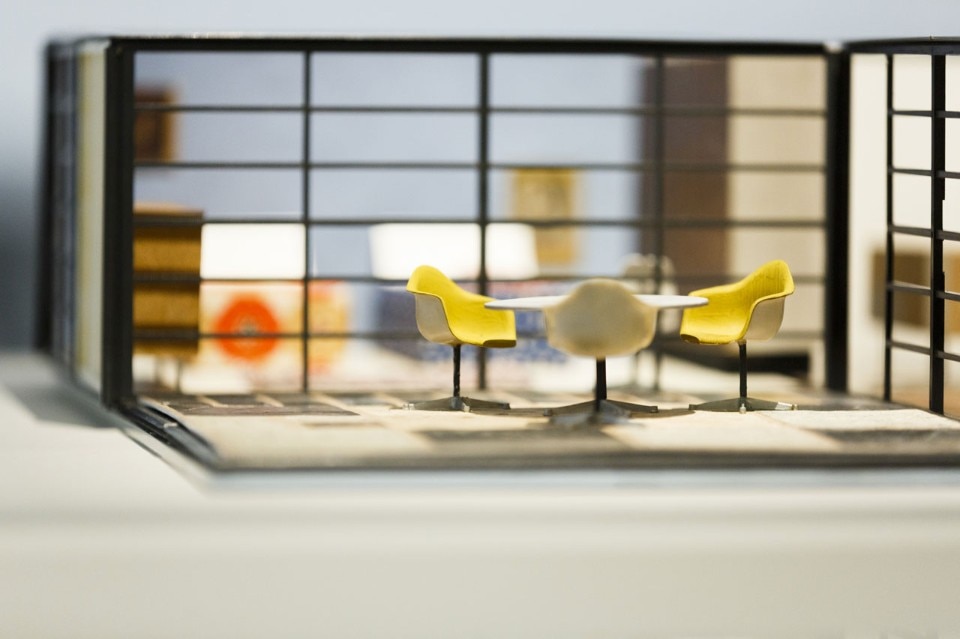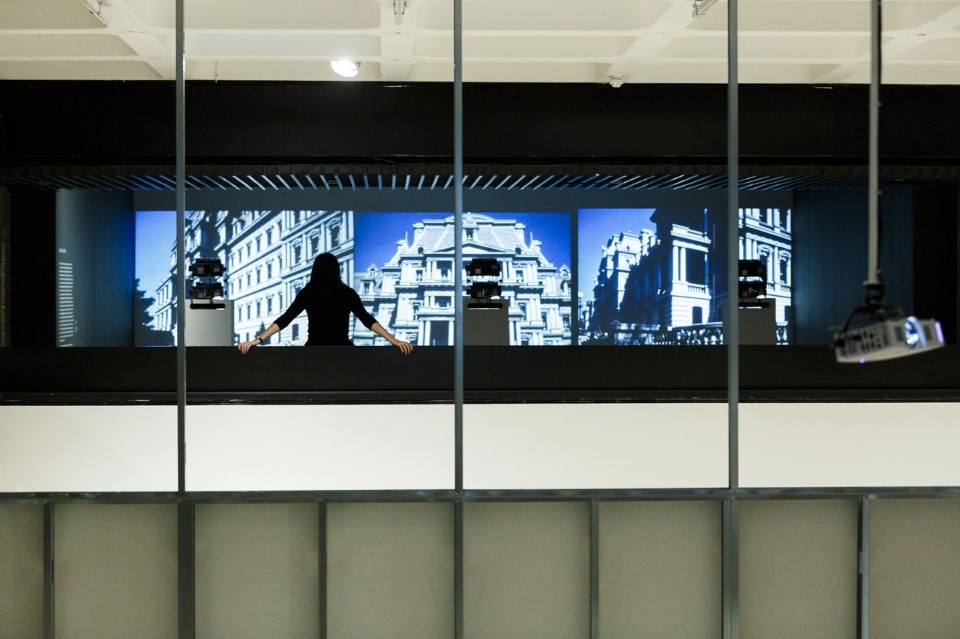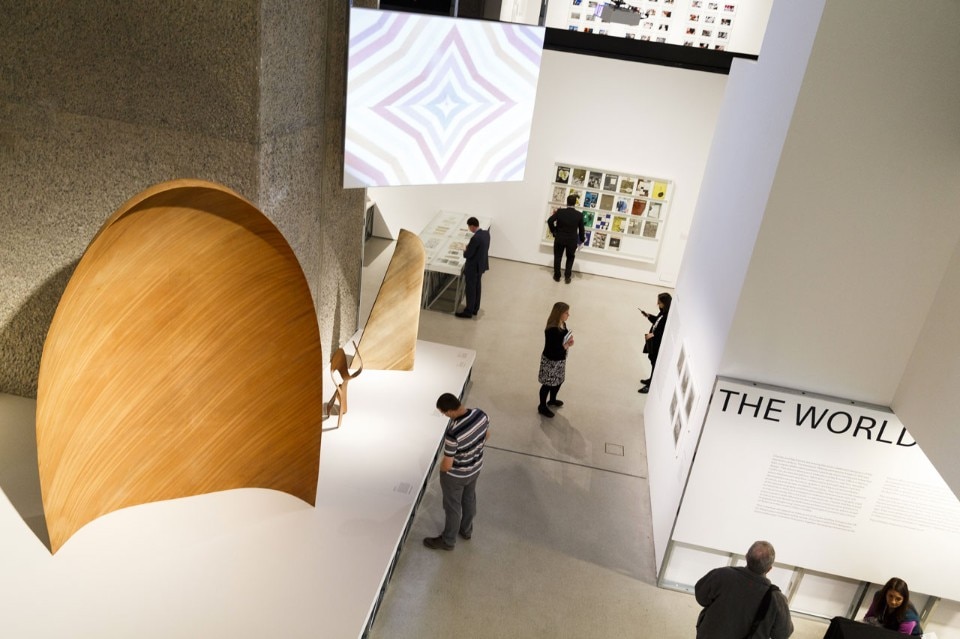The Eames show in Britain is not so much just a re-run 15 years on from the last exhibition. Rather, it is a possibility to reconsider the attention with which British architectural culture of the late twentieth century has observed, commented, and made its own, the work of the two American designers.
